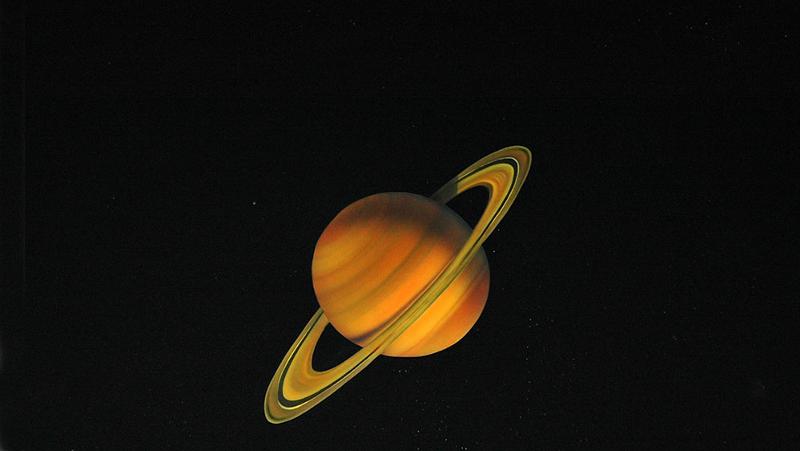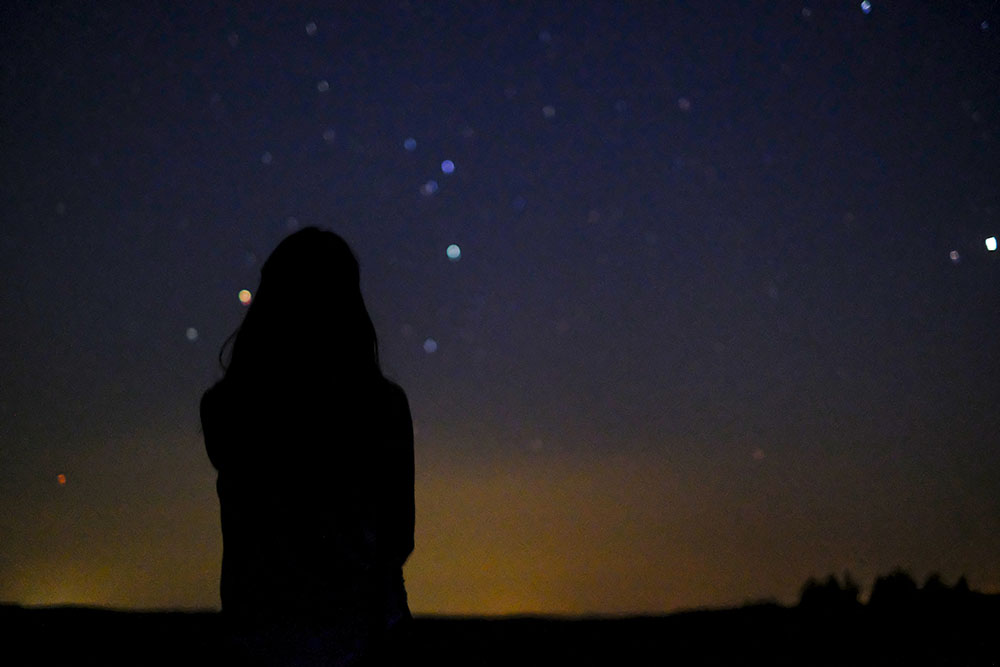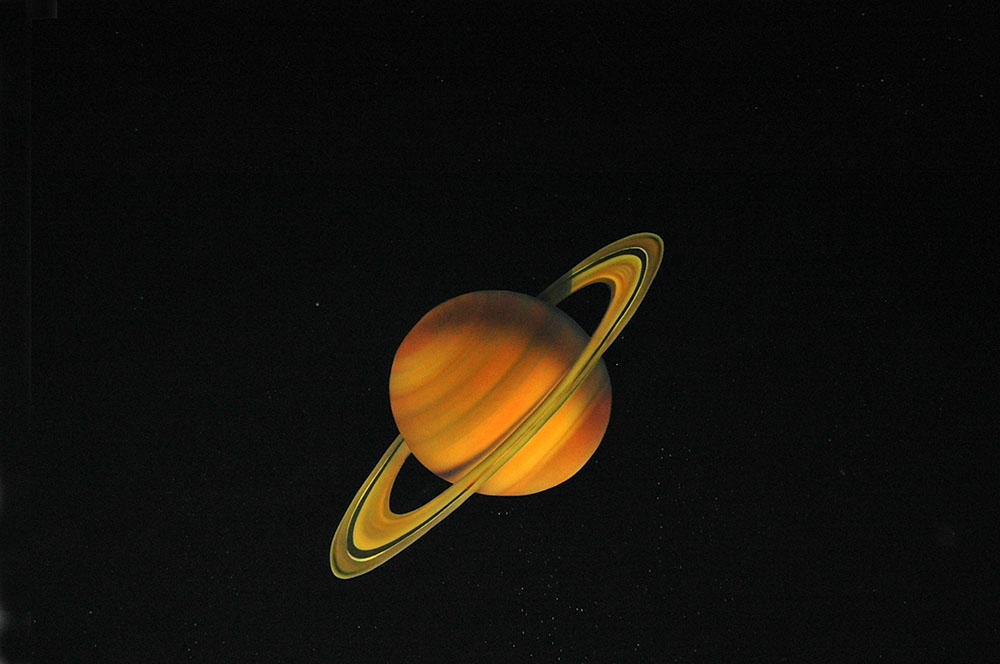
See for yourself, look at the night sky from about 7.30pm this Monday, 21 December 2020 for the bright conjunction of the gaseous planets Saturn and Jupiter, the two largest planets in our solar system.
- Closest conjunction of our solar system’s largest planets to light the night sky
- For one hour the two planets will look as though they are touching
- This will create the look of one bright star
- A Jupiter Saturn conjunction happened around 6BCE and scholars think it could have been the star that was said to have guided the Three Wise Men
“You’ll have an hour to see the conjunction before it sets behind the horizon,” says QUT astrophysicist Dr Michael Cowley, from QUT's School of Chemistry and Physics.
“The sun will set at around 6.40pm on 21 December which is also the summer solstice - the southern hemisphere’s longest day - and trailing behind at only 30 degrees, Jupiter and Saturn will appear only when it is sufficiently dark enough.
Dr Cowley said given the event occurs close to Christmas, many people have compared this conjunction to the famous Star of Bethlehem which the three kings are said to have followed.
“The famous astronomer Johannes Kepler suggested that the Star of Bethlehem may have been a conjunction of Saturn and Jupiter as far back as the 1600s,” he said.

“Jupiter and Saturn align once every 20 years or so, and there have been roughly 100 such alignments in the past 2000 years.
“Biblical scholars place the birth of Jesus Christ around 6 BCE. As far as this conjunction goes, there was one around that time.
“However, the distance between the two planets during each conjunction varies greatly from our perspective on earth.
“This year the separation of the two planets is the least it has been for 800 years at only six arcminutes between Saturn and Jupiter.
“To get an idea of this distance of six arcminutes, the size of the moon is about 30 arcminutes so the gap between the two will be about one fifth of the size of the moon from our perspective on earth.

“To us it will look like a slightly brighter star with the two planets so close together.
“In 6 BCE the gap was about 60 arcminutes. So, the space between Saturn and Jupiter then would have looked to be about twice the diameter of the moon. It probably would not have been too hard to discern the two with the naked eye.”
Fun facts:
Jupiter
- is a gas giant that’s twice as massive as all the other planets combined
- is mostly composed of hydrogen and helium
- contains the largest ocean in the solar system, an ocean of liquid hydrogen
- is surrounded by dozens of moons and several rings which, unlike Saturn’s famous rings are very faint and made of dust, not ice like Saturn.
Saturn
- is also a gas giant of mostly hydrogen and helium
- is the second largest planet in our solar system
- is surrounded by more than 80 moons
- has some of the most fascinating landscapes in our solar system, eg, the methane lakes on Titan, represents an almost primordial earth, suggesting this would be an excellent place to hunt for life outside of our planet.
QUT Media contacts:
Niki Widdowson, 07 3138 2999 or n.widdowson@qut.edu.au
Rose Trapnell, 0407 585 901 or media@qut.edu.au.


